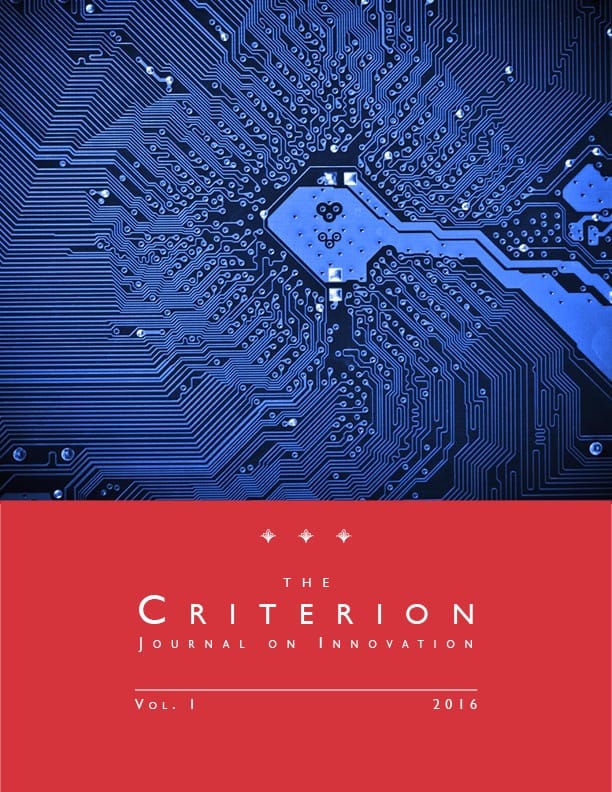Competition in Colombian Telecommunications
Purchase a reprint version of the Article (Amazon) | Read the Article (PDF) | Download the Article (PDF) Download the Article (PDF)In November of 2015, the Colombian think tank Fedesarrollo published its report “Update on the Study of Competition in the Mobile Telephony Market in Colombia,” which purports to reveal a lack of competition in Colombian telecommunications. Fedesarrollo’s report also offers policy recommendations to remedy the supposed problems with competition in Colombian telecommunications that it identifies. However, Fedesarrollo’s simplistic empirical analysis is fundamentally flawed and uninformative. Moreover, the policy recommendations that the report’s sponsors—telecommunications operators Telefónica and Tigo—offer in the report and elsewhere would harm Colombian consumers. In this article, I evaluate the market for mobile voice services in Colombia, analyze Telefónica’s and Tigo’s policy recommendations, and critique Fedesarrollo’s empirical analysis.
I conclude that there is no evidence of consumer-welfare loss in Colombian mobile markets. On the contrary, my empirical analysis of mobile voice services in Colombia using benchmark prices reveals consumer-welfare gains.
Moreover, the policies that Telefónica and Tigo recommend—increased asymmetric regulations and restrictions on the offerings of their primary competitor, Claro Colombia—would harm consumers and competition in the markets for mobile voice and data services in Colombia, with a disproportionate share of that harm falling on Colombia’s poorest consumers. Those policies would shield Telefónica and Tigo from competition, which would increase prices in the short run and discourage investment and long-run growth. Telefónica’s and Tigo’s recommendation to delay new spectrum auctions could cost Colombian consumers billions of pesos in lost consumer surplus.
Instead, Colombia should promote infrastructure-based competition, implement a symmetric regulatory regime, and hold open spectrum auctions without restriction or delay to encourage dynamic competition without any offsetting harm to static competition. Those policy initiatives will ensure that the markets for mobile services in Colombia remain competitive in both the short run and the long run.

Cite as
J. Gregory Sidak, Competition in Colombian Telecommunications, 1 Criterion J. on Innovation 801 (2016).
